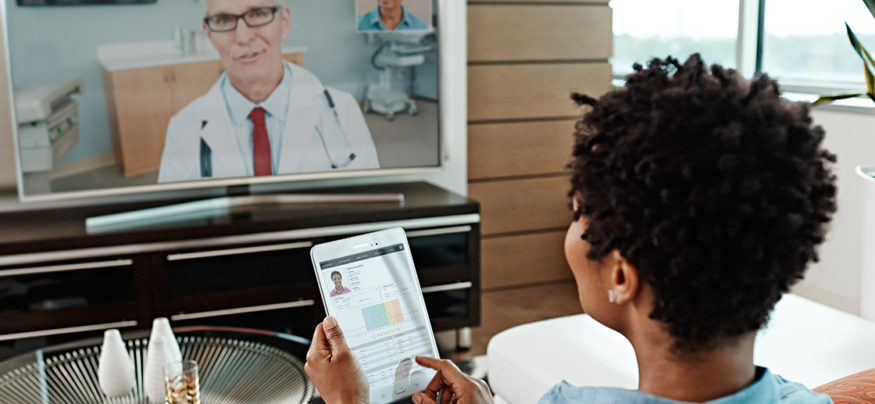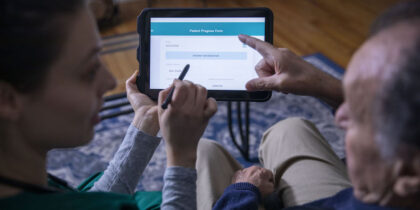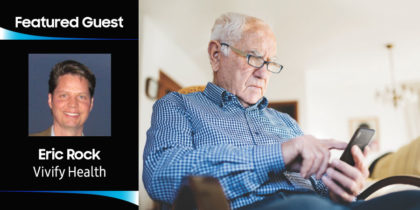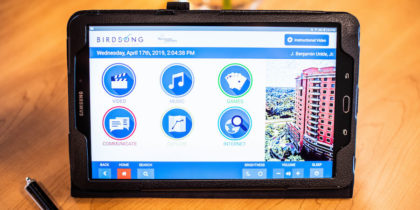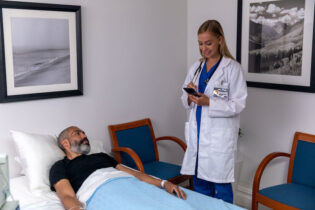Understanding the user experience and audience is key when developing any digital health technology. It is important to create a product that satisfies the customer through ease of use and simple interactions. When considering user experience for a digital healthcare product, there are three important questions a developer must answer: 1) Is the tool presented with the appropriate literacy (including both language and health literacy) for the user? 2) Is it visually appealing, with logical and easy navigation? 3) Is its design minimalistic? These questions are relevant for all audiences, but become critical for new adopters of technology.
Many technologies are introduced as solutions, but a technology only becomes a solution when it is placed in the context of human and other resource workflows which result in some measurably improved outcome.
Herein lie the biggest challenges for proponents and developers of digital health technologies:
1. Connecting to the digital world is the first step. There are multiple challenges related to the extent of use of the Internet and other digital tools by older people. These challenges include socioeconomic, psychological, physical and social aspects. Although the adoption of digital technology among older people is less than among others, a report by the Pew Research Center finds that the majority of senior citizens use the Internet, and the effects of socioeconomic status and ethnic background have decreased dramatically. Campaigns such as AARP’s Mentor Up program bridge generational and technology gaps at the same time. Introducing the Internet as a meaningful and simple way to better connect with people is the idea behind Breezie’s Samsung tablet service.
2. It’s about digital health. Most seniors have expressed a desire to receive more healthcare at home and not in the hospital, if at all possible. The focus shift in healthcare from acute disease treatment to preventive and population health dovetails with this desire. It is certain that digital tools will become an integral part of aging at home. Furthering this goal is a partnership between Samsung and CDW Healthcare with the Connected Home focused on home functionality, monitoring and lifestyle.
3. The caregiver is key. According to a recent Caregiving in the United States Report by AARP, approximately 34 million Americans have provided unpaid care to an adult age 50 or older in the past year. Their average age is 49 years old, and 60 percent are female. Through their caregivers, 90% of these patients are digitally connected. Caregivers are in many cases the communicators and receivers of digital information and the users of healthcare tools on behalf of their patients. Technology developers and healthcare providers must take caregivers into account when designing or recommending digital health and wellness tools. There are many areas of opportunity for technologies focused on caregivers.
4. The goal is mobile. Mobile device use in healthcare today includes both smartphones and tablets like the Samsung Galaxy Tab. According to one market survey, the majority of physicians use mobile tablets for professional purposes. However, all people are mobile to some degree, including older people and caregivers. Most people have cell phones, even if the adoption of smartphones by older people is less than among younger ones. Mobile tablets, which are easy to navigate, are able to bridge that technology gap. Beyond the tablet itself is the issue of what healthcare content is available to patients and caregivers. In addition, the critical importance of good user experience in mobile health apps cannot be overstated.
Where do we go from there? The technology is here. Older people will adopt it if it is recommended and explained by physicians, if it adapts to them and addresses privacy issues, and if it keeps them healthy and out of the hospital.
